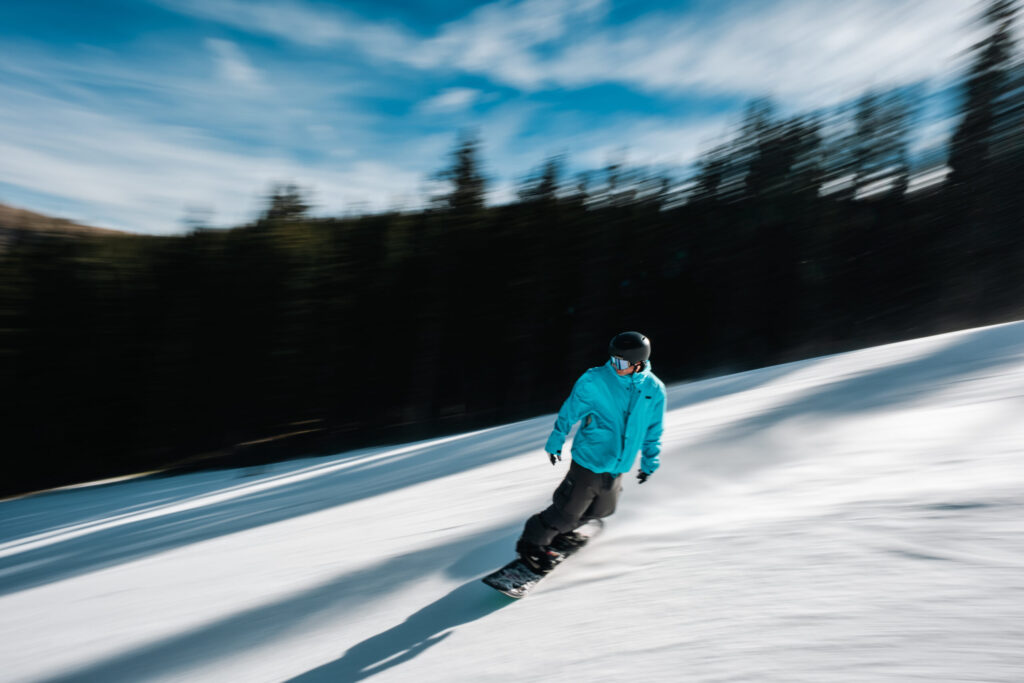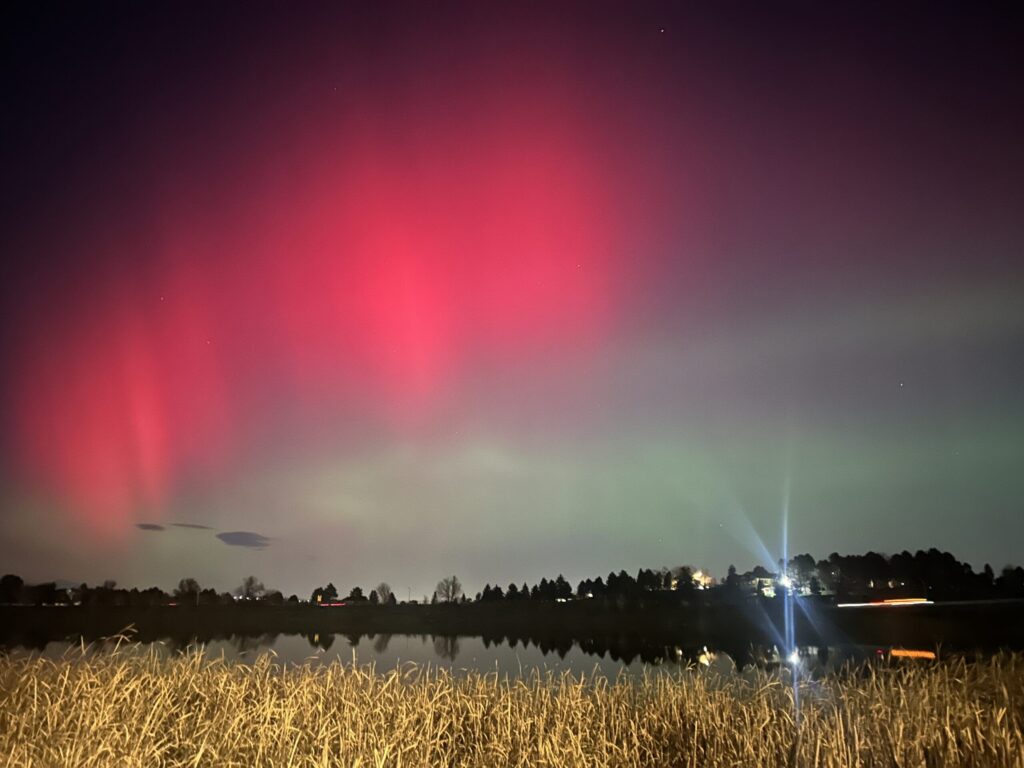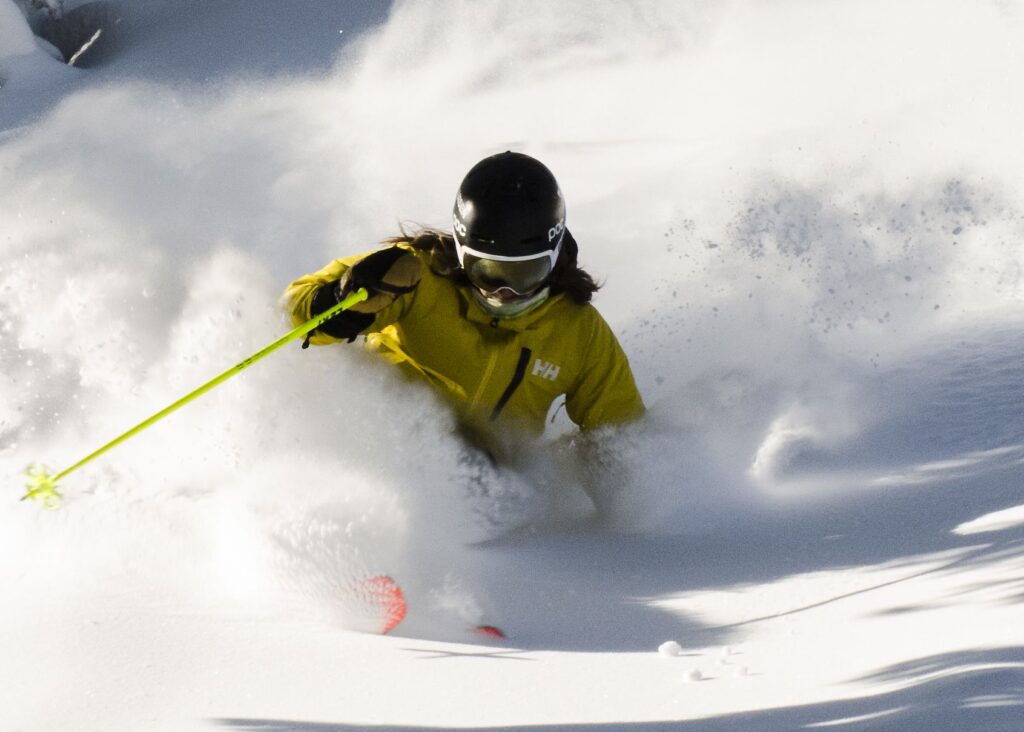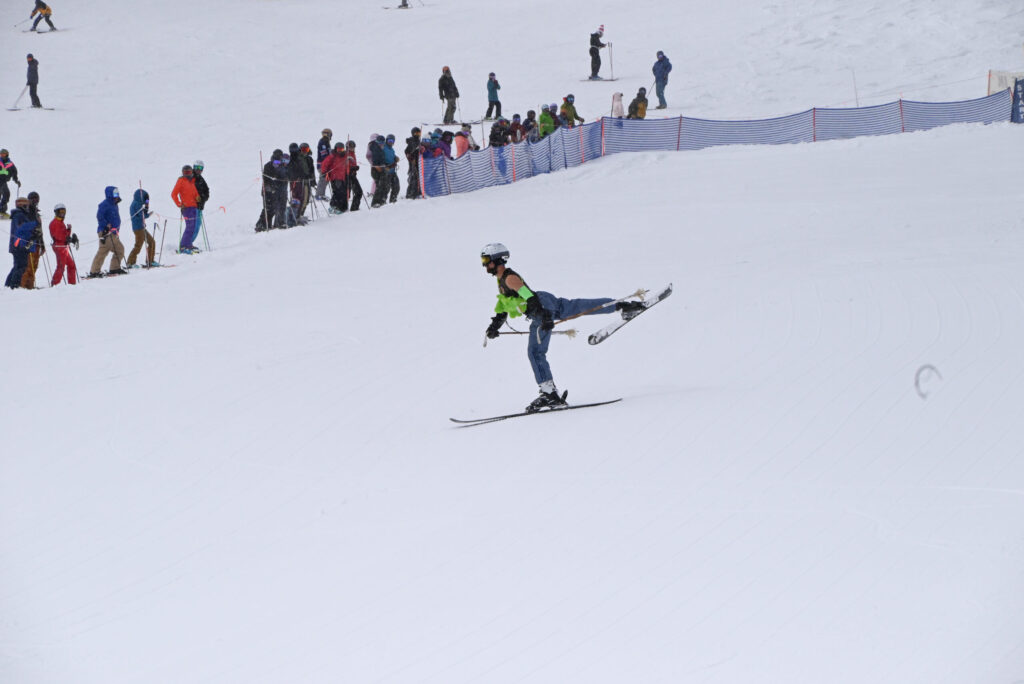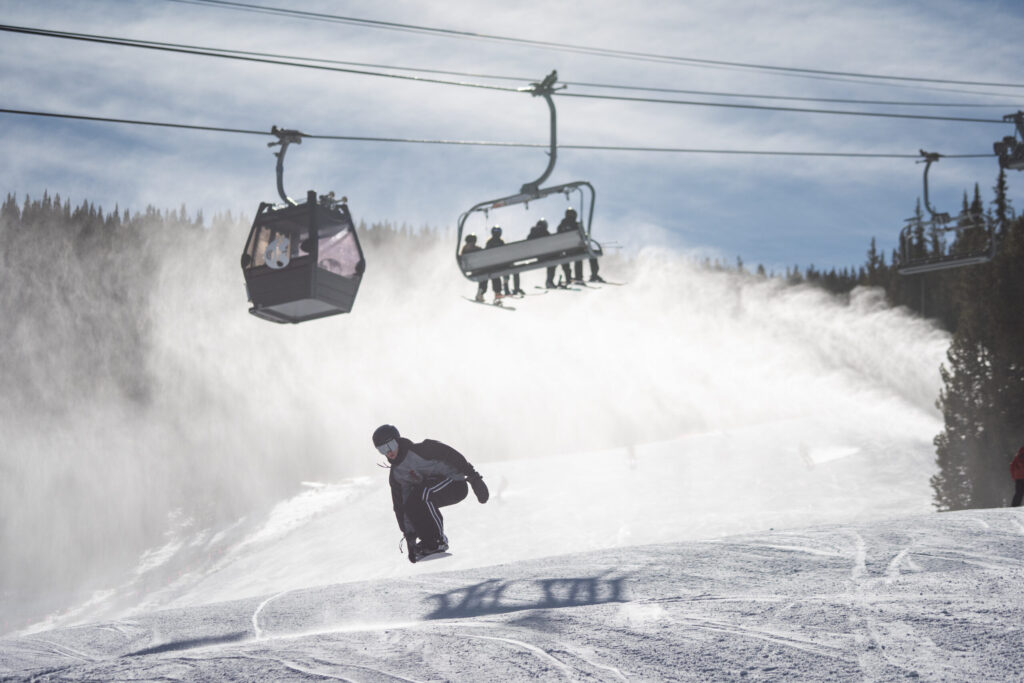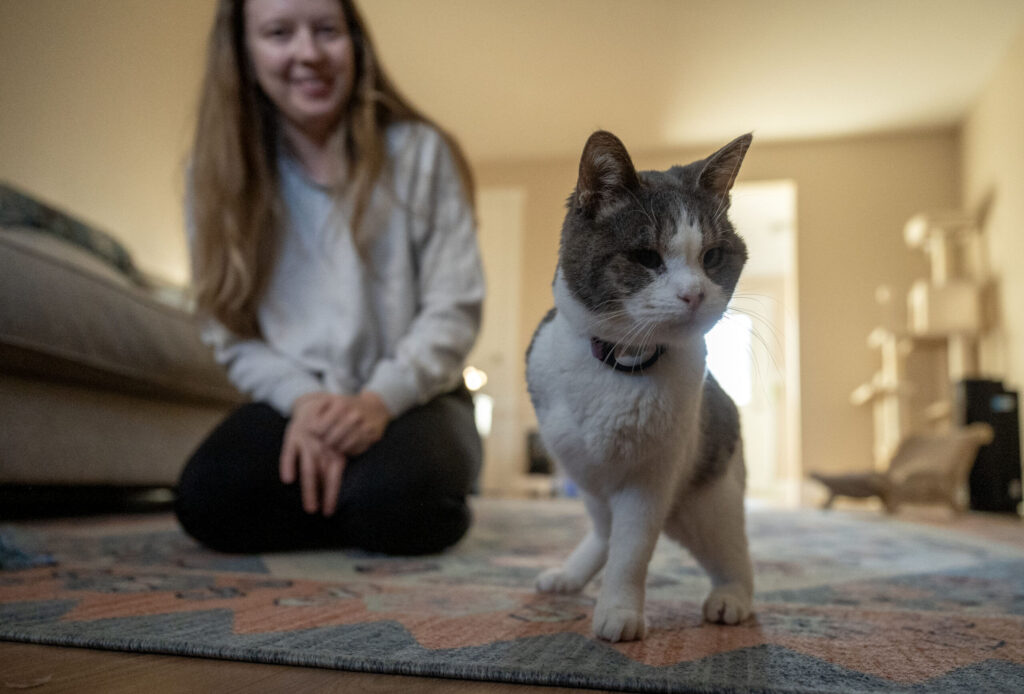Rogue trails the leading topic of symposium in Colorado Springs

Colorado Springs recently hosted an annual gathering of recreation land managers around the state, called the Colorado Trails Symposium. Leading off the day of presentations and discussions was a topic of unending debate in this city.
What to do about trails not on official maps?
“Rogue” trails or “social” trails, those not designed and built by professionals, have always been an issue, Scott Abbott reiterated to an audience of local, state and federal workers gathered at the Penrose House Conference Center.
Could Dearfield become Colorado’s next national park?
“We’ve all been dealing with rogue trails for years and years, but it just seems to have multiplied exponentially in Colorado Springs,” said the city’s regional parks, trails and open space manager.
Alongside him on the panel was Hilary Dees, with Boulder Open Space and Mountain Parks. She had come across what she called “really spicy back and forth” on social media among Colorado Springs mountain bikers. Some see singletrack networks being fundamentally changed by closures and wide trail construction in the city’s parks and open spaces.
“How do you go about managing those expectations if they all disagree so adamantly?” Dees asked Abbott.
With points about protecting natural habitat, he said. And about master plans previously made for properties that have been scoured by unplanned trail.
“It’s always great to start with planned documents,” Abbott said. “These trails are not supposed to be there, per the plan in place.”
Crafted after public meetings and feedback, those plans tend to be several years old, Dees recognized.
Draft plan for new state park in Colorado foresees 80-plus miles of trail
“Recreation changes over time,” she said. “People who gave input may not live there anymore, and people who live there now have different ideas. So when we go to enact these plans, people are (mad) about it, because they weren’t heard. They weren’t around at the time.”
In Colorado Springs, some have responded to rangers’ attempts to close trails by removing brush cover and fencing. Jefferson County Open Space’s Alex Smiley said his team posted a game camera where this was happening; he showed pictures of a mountain biker in the act. He said the man was ticketed.
It elicited a question in the audience: Was there room to work with such people and compromise? A “slippery slope,” Abbott responded.
“Sure, we would love to hear from people. I think that’s a great way to get the education across from both sides,” he said. “But we certainly don’t want to encourage that philosophy, just build it.”
But another Jefferson County representative gave an example of a user-made path being incorporated after it was deemed fit for the environment.
Finding fall glory off Colorado’s beaten paths
It’s important “to make sure you’re not wasting time closing (trails) for them to possibly be incorporated later,” Smiley said.
And it was important to recognize “unserved or underserved” desires, Dees said.
“Trails can be a tool for conservation,” she said.
She showed data of rogue trail proliferation decreasing after new trail construction. “We built something where people wanted to go,” she said.









